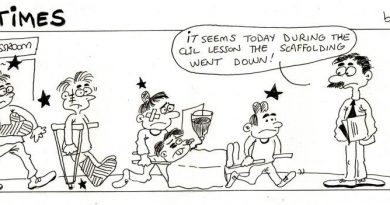WHY DRAMA GAMES TO TEACH ENGLISH? (Topic 19)
Animation and expression techniques or drama activities create plenty of opportunities for classroom interactions in the FL. Drama techniques range from exercise-based games, short rehearsed scenes from familiar stories, basic role plays, and simulations. There are some more advanced techniques which would obviously be out of reach for our students in primary education. According to O’Neill and Kao (1998), the usefulness of every kind of drama in second language (L2) lies in the fact that it provides contexts for multiple language encounters and encourages authentic dialogue between teachers and students. In this light, the use of drama strategies offers students the opportunity to meet the FL in purposeful and challenging contexts.
As O’Neill and Kao (1998) point out, drama does things with words. It introduces language as an essential and authentic method of communication. Drama sustains interactions between students with the target language, creating a world of social roles and relations in which the learner is an active participant. Drama focuses on negotiation of meaning. The language that arises is fluent, purposeful and generative, because it is embedded in context.
Animation and expression techniques entail the use of dialogue as an essential element in drama. The idea is not exactly new; in fact, the Socratic Method (also known as Socratic debate), which was based on dialogue, is considered as a useful tool for learning. Taking this idea to the primary FL classroom, it seems clear that students activate their linguistic knowledge through dialogues; they put knowledge into practice and develop a sense of ownership towards the FL; and consequently meaningful learning occurs.
The identification of learners with a character (i.e. a famous person, a character from a familiar tale, an invented character) is at the heart of animation techniques. This means that in dramatic activities students have to assume a role, and sometimes they can even “create” the role. For a successful dramatic activity, the roles that students have to perform must be clear, so that students can identify with them. From a pedagogical viewpoint it is advisable to choose relevant roles for students. It is evident that the selected role has to be adapted to our learners´ developmental stage and communicative competence.
Motivation is very likely to be one of the main advantages of using drama techniques in the foreign language classroom, but it is not for sure the only one.
The following video by Miranda Flynn, a professional British actress and English teacher, brings about the possibility to listen to someone who uses theatre techniques to teach English as a second language.
Bibliography.
O´Neill, C. and Kao, M.S. “Words into words: Learning a Second Language through Process Drama”. Ablex Publishing Corporation. 1998.



